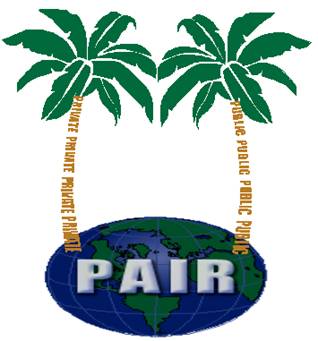Types
of patent applications
A) Provisional Application
A provisional application is a temporary application which is
filed when the invention is not finalized and is still under experimentation.
Advantages of
filing a provisional application
·
Applicant gets 12 months’ time to fully
develop the invention and ascertain its market potential
·
Helps to establish “priority” right over the
invention
·
Enables the applicant to use the term
"patent pending” on their product
·
Less expensive to prepare and file the
application
·
Enables the applicant to file International
applications and claim priority within 12 months. However,
in order for the patent to be granted, a provisional application must be
followed by a complete specification within 12 months. Moreover, the
provisional application should be sufficiently detailed and must be drafted
very carefully to ensure that the priority rights are secured for your
invention.
B) Ordinary Application or
Non-Provisional Application
An application for patent filed in the Patent Office without
claiming any priority of application made in a convention country or without
any reference to any other application under process in the office is called an
ordinary application. An ordinary application must be accompanied with a
complete specification and claims.
C) Convention Application
An application for patent filed in the Patent Office, claiming a
priority date based on the same or substantially similar application filed in
one or more of the convention countries is called a convention application. In
order to get convention status, an applicant should file the application in the
Indian Patent Office within 12 months from the date of first filing of a
similar application in the convention country.
D) PCT International Application
A PCT Application is an international application governed by the
Patent Cooperation Treaty, and can be validated in upto 142 countries.
Advantages of filing a PCT Application
·
A single international patent application can
be filed in order to seek protection for an invention in up to 142 countries
throughout the world.
·
The priority date obtained by filing a
PCT application is internationally recognized, and has an effect in each of the
countries designated.
·
It gives the application 30/31 months to enter
into various countries from the international filing date or the priority date,
and therefore gives the applicant more time to assess the viability of the
invention.
·
Delays the expenses associated with applying
for a patent in various countries
·
Provides an International Search Report citing
prior art, which gives an indication to the applicant whether the invention is
novel and innovative.
·
Provides an option for requesting an
International Preliminary Examination Report, the report containing an opinion
on the patentability of the invention.
·
The International Search Report and
International Preliminary Examination Report, allows the applicant to make more
informed choices early in the patent process, and to amend the application to
deal with any conflicting material, before the major expenses of the national
phase of the patent process begin. It also gives the applicant a fair idea on
the patentability of the invention before incurring charges for filing and
prosecuting the application in each country.
E) Pct National Phase Application
When an international application is made according to PCT
designating India, an applicant can file the national phase application in
India within 31 months from the international filing date or the priority date
(whichever is earlier).
F) Patent of Addition
When an applicant feels that he has come across an invention which
is a slight modification of the invention for which he has already applied for
or has obtained patent, the applicant can go for patent of addition if the
invention does not involve a substantial inventive step. There is no need to
pay separate renewal fee for the patent of addition during the term of the main
patent and it expires along with the main patent.
G) Divisional Application
When an application made by applicant claims more than one
invention, the applicant on his own or to meet the official objection may
divide the application and file two or more applications, as applicable for
each of the inventions. This type of application, divided out of the parent
one, is called a Divisional Application. The priority date for all the
divisional applications will be same as that claimed by the Parent Application
(Ante-dating)



















 Posted in:
Posted in: 





















